We measure sound through decibels (dB). A normal conversation is 50-60 dB while a shotgun generates up to 180 dB.
There are different types of earplugs for different purposes. If you’re interested to know more about earplugs, you’re at the right place.
9 Different Types of Earplugs You Should Be Familiar With
1. Foam earplugs
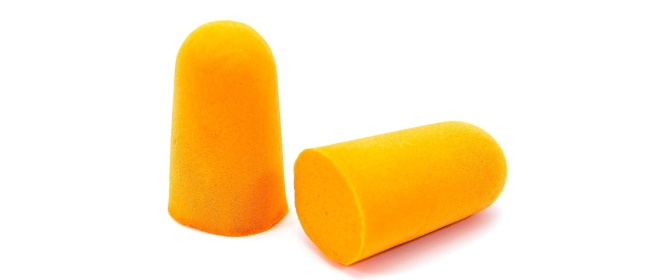
Foam earplugs are effective at blocking low frequency noise if placed deeply into your ear canal. They have an NRR (noise reduction rating) of up to 33 – the highest rating among all earplugs while the normal range is from 28-33.
They are rolled tightly and put into the ear canal where they slowly expand to conform to the shape of the ear canal. They are actually the most impressive noise reduction gadgets out there.
Foam earplugs are made of either polyurethane (PU) or polyvinyl chloride (PVC). They are available in different sizes and shapes, with cylindrical being the most popular.
These earplugs can be used in any situation where noise reduction is necessary, which includes sleeping, traveling, concerts, loud bars or industrial environments.
Pros
- Effective noise reduction device
- No inflexible parts
- Comfortable
- Found in different sizes and shapes
Cons
- Not suitable for swimming
- The pressure in the ear canal can be uncomfortable to some users
- Can be uncomfortable to those who can’t take any stress in their ear canal
2. Musicians, Hi-Fi, or Lossless earplugs

Music earplugs use a little diaphragm or membrane along with damping materials and acoustic filters for a more smooth natural frequency.
Some models also feature filters with different NRR ratings, which allows you to change the filters according to the noise level of your environment.
In fact, most of the standard earplugs that help reduce noise can be used as music earplugs. But the issue with them is that they don’t reduce all frequencies evenly, which results in distorted or muffled music sounds.
These types of earplugs have noise reduction ratings from 11-16 dB and can be used in concerts, clubs, restaurants, and bars.
Pros
- Even noise reduction
- Reusable
- Some models have changeable filters with different NRR values
- Less issues while communicating
- Can be cleaned
Cons
- Low NRR can be an issue in very loud concerts
- Many types are available in one size only
3. Reusable pre-molded earplugs
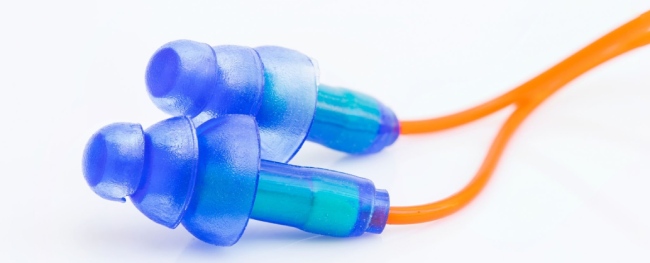
Earplugs made of silicon can be used many times and they often have three or four soft flanges in a stem to make insertion easier. Each flange should be put inside the ear canal for better sound protection.
The other types have a single rubbery cone or dome. You’ve to pull the top of your ear up and gently twist the ear plug, then push it in your ear canal.
With NRR ratings from 20 to 28 dB, these reusable earplugs are second only to foam earplugs in terms of noise reduction.
But being pre-molded, they don’t conform to the shape of the ear canal like foam earplugs.
You also have to remove them slowly and carefully to prevent air from rushing in quickly; or else, sudden changes in air pressure may damage your eardrums.
Pros
- Can be washed and reused
- No roll-down required
- Watertight seal
- Good for swimming
Cons
- Won’t fit well in odd or abnormal ear canals
- Not so comfortable as foam, silicone putty, or wax earplugs
- Most types are not much effective like foam earplugs
4. Electronic earplugs
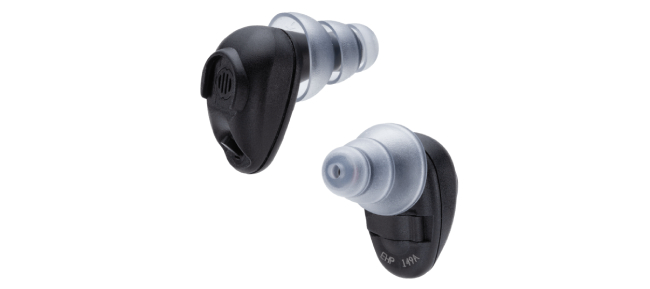
The standard passive earplugs help reduce moderate and loud sounds, which makes it hard to hear lower or normal sounds when wearing earplugs.
While the primary objective of electronic earplugs is to lower loud sounds rather than soft, they can boost soft sounds that facilitates dynamic range compression.
This is achieved by placing a pair of microphone on the outside and a speaker on the inside of a regular passive ear plug. The microphone picks up the softer sounds, amplifies them and then delivers it to the ear via the speaker.
In case of loud noise, the amplification of the speaker is turned off automatically so the noise level is reduced.
This type of earplugs are a good choice for shooters, hunters, and musical artists.
Pros
- Soft noises are amplified
- Loud noises are reduced
Cons
- Expensive
5. Nonlinear earplugs
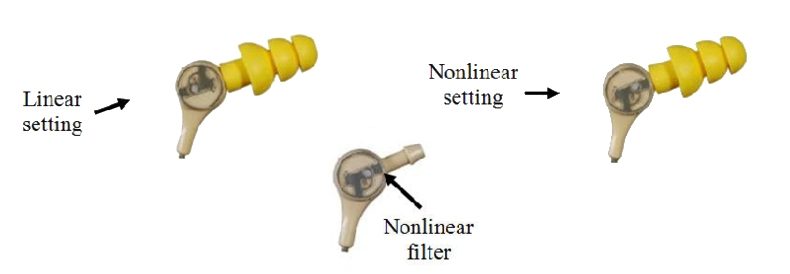
They have the same advantages as the electronic earplugs but they don‘t require any batteries or moving components to function. They provide the passage of open air into the ear, which helps keep the ear ventilated along with reducing the occlusion effect.
You can have either pre molded or custom molded nonlinear earplugs. Custom molded nonlinear earplugs made of soft silicone are comfortable.
These earplugs are suitable for industrial purposes, hunting and shooting.
Pros
- Offers clear communication
- Reduces high noise level
- Soft sounds remain quite audible
- No batteries required
Cons
- May make soft noises inaudible
6. Wax earplugs
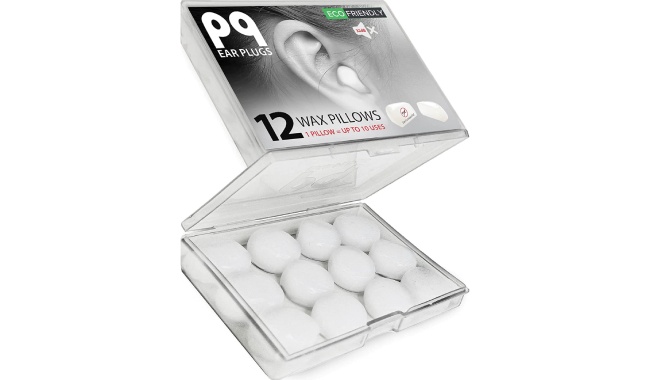
Wax earplugs are the first commercially available earplugs built to seal the canal entrance only. Simply roll the pair into a ball with your hand, place it over the ear canal opening, and flatten to make an airtight seal.
They reduce less noise as they are not deeply inserted in the ear canal and have a noise reduction rating from 22-23 dB. They are manufactured using pure wax or wax-cotton-vaseline-mix for stickier seals.
Wax earplugs can be used for different purposes, including sleeping, relaxing, traveling, meditation.
Pros
- Puts no pressure in the ear canal
- Easy application
- Comfortable
Cons
- Can’t be washed or cleaned
- Effective against moderate noises
- May leave residues in your ear
7. Silicone-Putty Earplugs
![]()
They are identical to wax earplugs in terms of effectiveness and use. These earplugs are worn the same way too.
Their typical NRR range is 22-23 dB and can be used for swimming, traveling, meditation, reading, sleeping. Those who can’t tolerate any pressure in their ear canals will enjoy these types.
Pros
- Easy to wear
- Comfortable
- Keep the ear canal pressure-free
Cons
- Not suitable for loud noises
- May leave residues in ear
8. Flight earplugs

When an airplane lands and takes off, the cabin air pressure changes much faster than our ears can adjust to it. This can result in muffled hearing, ear pain, and stuffiness in the ears.
A small ceramic filter is incorporated in flight earplugs so your ears get time to adjust. Their NRR ratings range from 20 to 26 dB.
Pros
- Reduce ear pain and muffled hearing
Cons
- Don’t fit well in some ear canals
- Can be expensive as some models can’t be used more than once
9. Custom molded

The shape, diameter, and length of ear canals differ from one person to another. As a result, the standard earplugs may not fit well in your ears or remain uncomfortable.
For custom molded ear plugs, an audiologist usually takes an impression of the outer ears and ear canals to prepare custom-molded earplugs, which precisely conforms to the shape of your ear canals.
The noise reduction effectiveness of custom earplugs differs with type and shape. Along with rubber and silicone, other materials used are plastic, thermoplastics and nylon.
Pros
- Reliable and comfortable fit
- Highly effective at reducing noise
- Can be cleaned and reused
Cons
- Expensive
Which One to Choose From So Many Different Types of Ear Plugs?
The right earplugs will protect your ears from loud noises and ensure excellent hearing health. You have a lot of options to choose from as they come with different noise reduction ratings, sizes, shapes, and features.
Before deciding to purchase one make sure what your purpose or working environment is and what fits you the best.
FAQs
1. Is it harmful to sleep with earplugs each night?
Ans: Earplugs can help have sound sleep and are safe as long as you use them carefully. However, frequent use can lead to issues like infections.
2. Are there any soundproof ear plugs?
Ans: Earplugs can reduce noise extensively but there are no soundproof earplugs. You will hear loud sounds as the cardial bone transfers vibrations to the eardrum.


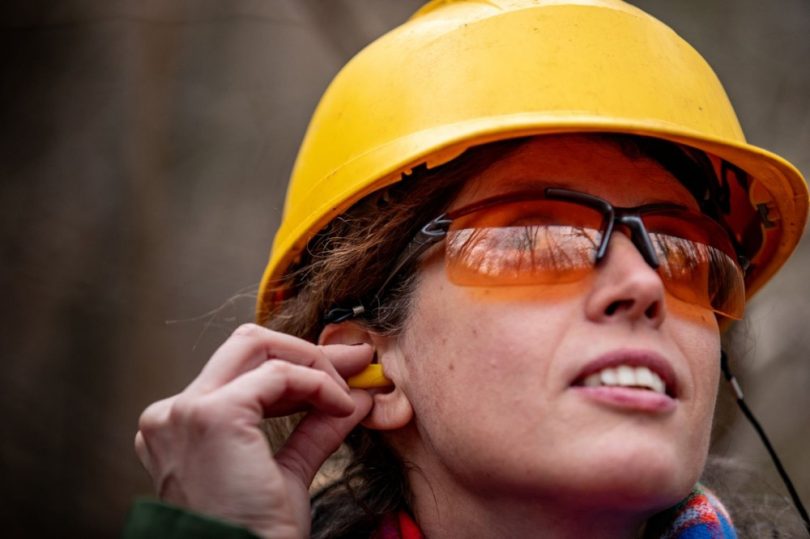

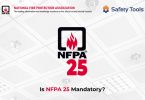



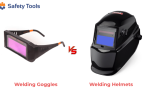
Leave a Comment